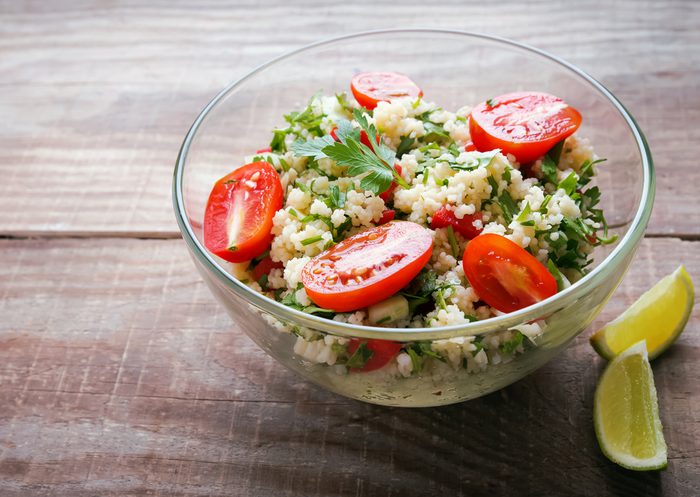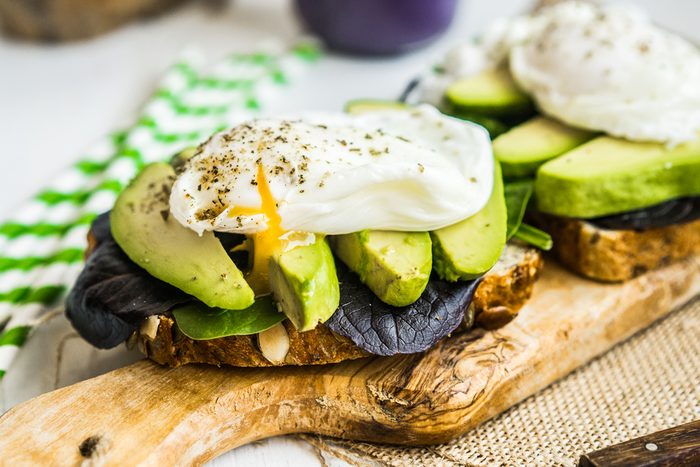
Stock up on whole foods
Is your pantry full of snack foods that boast “10 percent less sodium!” and “Now with more fibre”? Ditch those products in favour of more whole foods. That means choosing packages that list only one or two ingredients-such as whole wheat couscous or unsalted, sugar-free peanut butter.

Create a soft drink-free zone
A Harvard study of 6000 people found that drinking just one soft drink a day (diet or regular) increased the risk of obesity by 31 percent. Another study found that rats fed artificially sweetened drinks for 10 days gained more weight than those fed sugar-sweetened drinks. Researchers theorize that drinking the diet drinks makes your body prepare for a large intake of calories. When these fail to materialize, your body demands food by making you feel hungry. Instead of drinking soft drinks, opt for infused water.

Sip green tea
In addition to its heart-protective benefits, green tea may also have some weight-loss benefits, with one study finding that it appears to raise the rate at which you burn calories and increase the speed at which your body uses fat.

Eat fat
Researchers at Harvard Medical School and Brigham and Women’s Hospital in Boston studied people on two weight-loss diets. Both diets contained the same number of calories, but one was low in fat while the other was higher in monounsaturated fats such as olive oil and nuts. The researchers found that those on the higher-fat regimen (with 45 to 60 g more fat per day) were able to stay on their diet longer and better maintain their weight loss.

Eat slowly
Researchers at the University of Rhode Island supplied two groups of women with huge plates of pasta, instructing one group to eat quickly and the other to eat slowly. Those who ate slowly ended up consuming significantly fewer calories, largely because they were more attuned to their appetites and were able to stop when they were full. They also reported enjoying their meals more (no surprise there!). So take it easy during lunch, even if you’re rushed.

Switch salad dressings
Swapping out salad dressings at restaurants is easy-and could save you a ton of calories. Beware of “house dressing.” That name could mean anything, and it could contain high-calorie ingredients such as parmesan or cream. Ask that your salad come with a simple oil and vinegar dressing, served on the side. Every chef should know how to whip one up.
